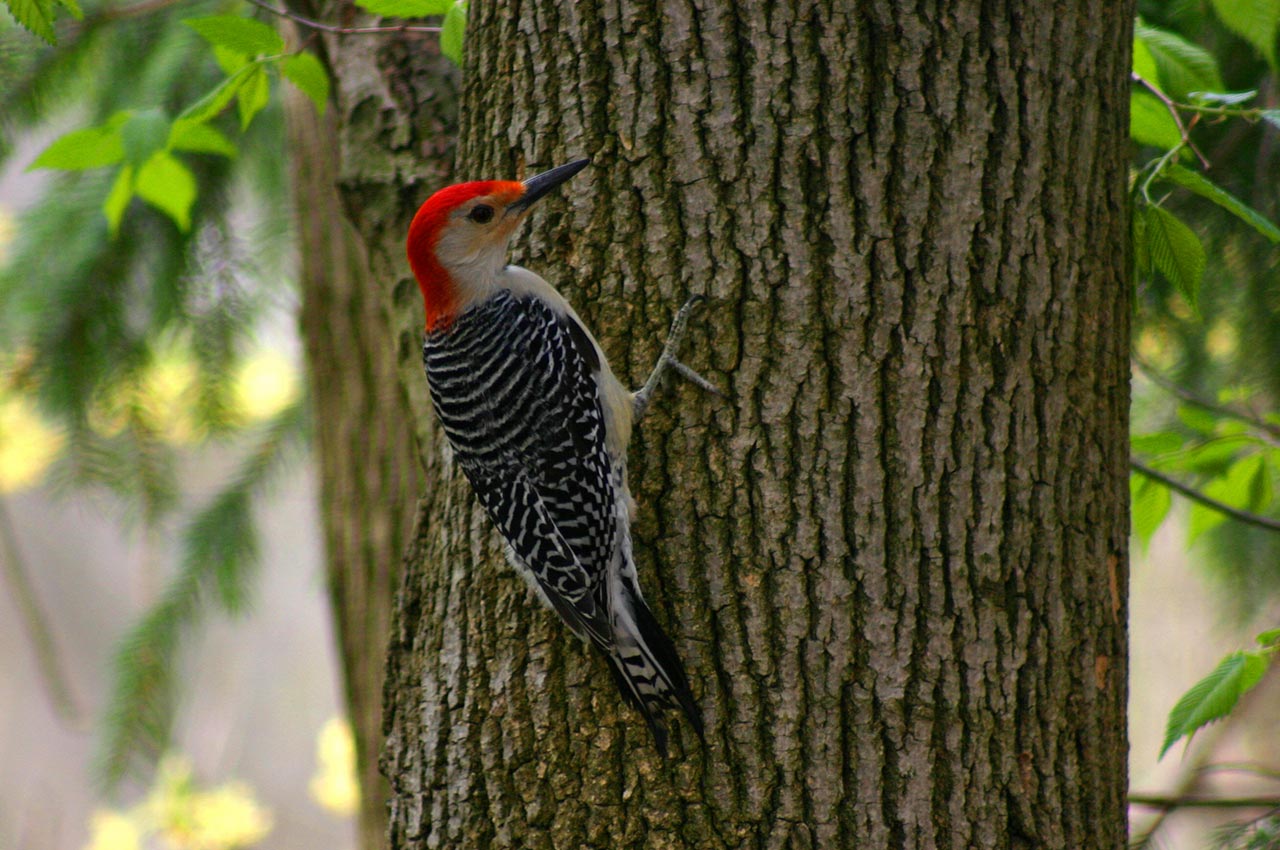Woodpeckers in Florida: Natural History, Ecology, and Preservation
Wiki Article
Revealing the Keys of Woodpeckers: Actions, Environment, and Extra
Woodpeckers, with their special behaviors and specialized adjustments, have lengthy fascinated researchers and nature enthusiasts alike. By uncovering the secrets surrounding woodpeckers' behavior and environment choices, a much deeper understanding of these bird wonders arises, providing a look into their fascinating globe.Woodpecker Actions Insights
In analyzing woodpecker actions, a remarkable display of specialized skills and adaptations arises, losing light on their exceptional eco-friendly particular niche. Woodpeckers, understood for their distinctive drumming on trees, possess a selection of behavior attributes that contribute to their survival and success in their environment.In addition, woodpeckers exhibit a distinct feeding habits identified by their capability to remove insects from tree bark utilizing their specialized beaks. Their long, barbed tongues aid in capturing victim, while their strong neck muscle mass provide security and precision during pecking activities. This feeding method allows woodpeckers to access hidden insect larvae and extract them with exceptional performance.
Environment Preferences and Selection
What aspects influence the environment preferences and option of woodpeckers? One vital factor influencing woodpecker environment choice is the accessibility of appropriate nesting sites. Woodpeckers normally choose woodlands with a mix of mature trees that provide ample opportunities for dental caries excavation.Additionally, woodpeckers reveal a preference for environments with a bountiful supply of food resources. They are mainly insectivorous, feeding upon beetles, ants, larvae, and other bugs discovered in rotting timber or tree bark. Therefore, woodpeckers tend to prefer woody areas with a diverse insect populace to satisfy their dietary needs.
Furthermore, the existence of dead or worn out trees is an additional vital factor in woodpecker habitat selection. These trees not just offer food resources yet also supply ideal substratum for tooth cavity excavation. Dead trees are necessary for the upkeep of healthy woodpecker populaces, as they play an important duty in the woodpeckers' life cycle and ecosystem dynamics.
Feeding Practices and Diet Composition
Woodpeckers demonstrate a specialized feeding behavior focused on foraging for bugs within numerous habitats. Their diet primarily contains insects such as beetles, ants, caterpillars, and crawlers, which they find by tapping on tree bark and listening for the audio of motion inside. Woodpeckers utilize their strong beaks to pierce into the wood and their long, barbed tongues to extract target from gaps. In addition to pests, woodpeckers likewise take in tree sap, fruits, nuts, and seeds, adding range to their diet plan depending on the season and schedule of food sources.The foraging techniques of woodpeckers are well-adapted to their arboreal lifestyle. Woodpeckers play an essential role in preserving the wellness of forests by controlling insect populations and aiding in the decay of wood.
Drumming Appears and Communication
Using fast drumming audios on various surfaces, woodpeckers employ a distinct type of interaction to signal area boundaries and bring in mates. This drumming habits is not just a method of interaction yet also acts as a method for woodpeckers to develop their existence within a specific location. The strength, speed, and pattern of the drumming can communicate important info to various other woodpeckers in the vicinity.Woodpeckers make use of drumming sounds to reveal their existence in a region and to why not try these out advise off potential intruders. The loud and recurring nature of the drumming offers as a clear signal to various other woodpeckers that the location is already claimed. This assists in lowering conflicts and minimizing physical battles in between individuals.

Survival Adaptations and Specialized Composition

Conclusion
Finally, woodpeckers display one-of-a-kind behaviors, such as drumming noises for interaction, and have actually specialized composition for survival in their selected environments. Their feeding routines and diet plan structure better show my blog their versatility to various settings. By understanding these aspects of woodpeckers, scientists and preservationists can much better shield and protect these interesting birds and their ecosystems.Report this wiki page